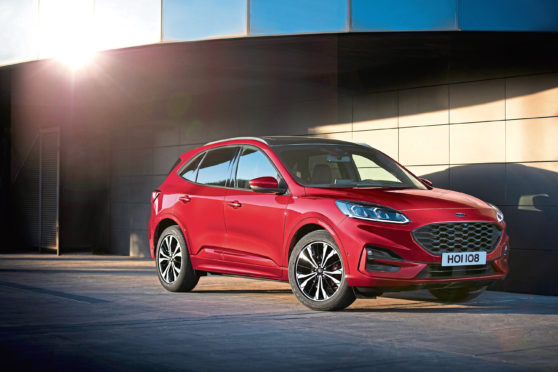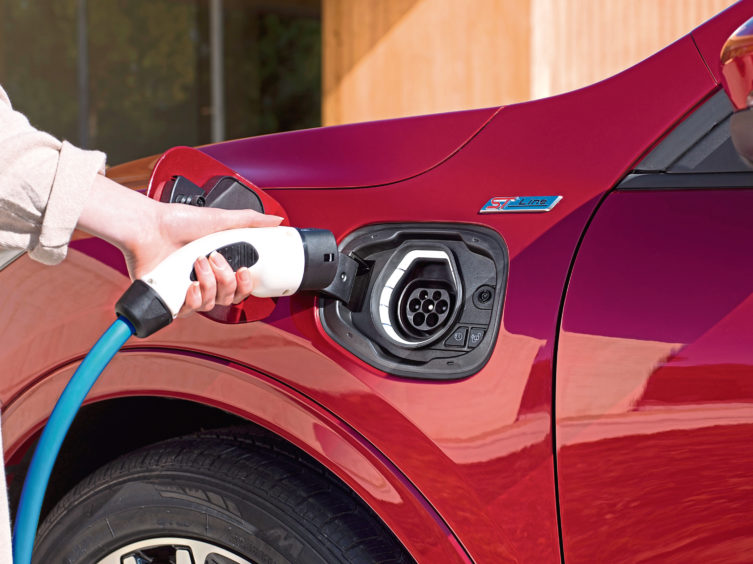The new Ford Kuga has been revealed and will go on sale in 2020.
Taking on Ford’s latest design — as seen on the most recent Focus and Fiestas — the Kuga boasts three electrified variants at launch, ushering in a new era of hybrids for the company.
The headline model is a plug-in hybrid variant. Its powertrain combines a 2.5-litre petrol engine and a 10.3 kWh battery pack, delivering a claimed 235mpg and CO2 emissions of 29g/km, as well as over 31 miles of pure electric driving range.
Regenerative braking features on this version, and the battery pack can be fully charged in four hours from an ordinary household socket.
Buyers will also be able to choose a self-charging hybrid, which doesn’t need plugging in and uses technology similar to the Toyota Prius’s hybrid system. It links the 2.5-litre petrol engine to an electric motor to deliver 50.4mpg and 130g/km.
The final hybrid model – a so-called mild hybrid, which also doesn’t need to be plugged in – uses 48V electric technology to lightly boost the efficiency of the car’s 2.0-litre diesel engine to deliver 56.5mpg and 132g/km of CO2.
As well as the hybrid models, Ford will offer conventional petrol and diesel options, with 1.5 and 2.0 litre engines available.
Aside from the Kuga’s choice of power the other big change is staring you in the face. It has a bold new look, with design cues taken from the latest Fiesta and Focus hatchbacks.
The outgoing car isn’t at all bad looking but the latest model bring the style right into the 2020s.
It also sits on a new platform, which Ford says delivers 10 per cent more torsional stiffness and a 90kg weight reduction compared to the old Kuga’s underpinnings. As a result, expect more interior space and a sharper driving experience.
Three trim levels will be available – Titanium, ST Line and Vignale – and prices will be released in a few months’ time.
jmckeown@thecourier.co.uk

